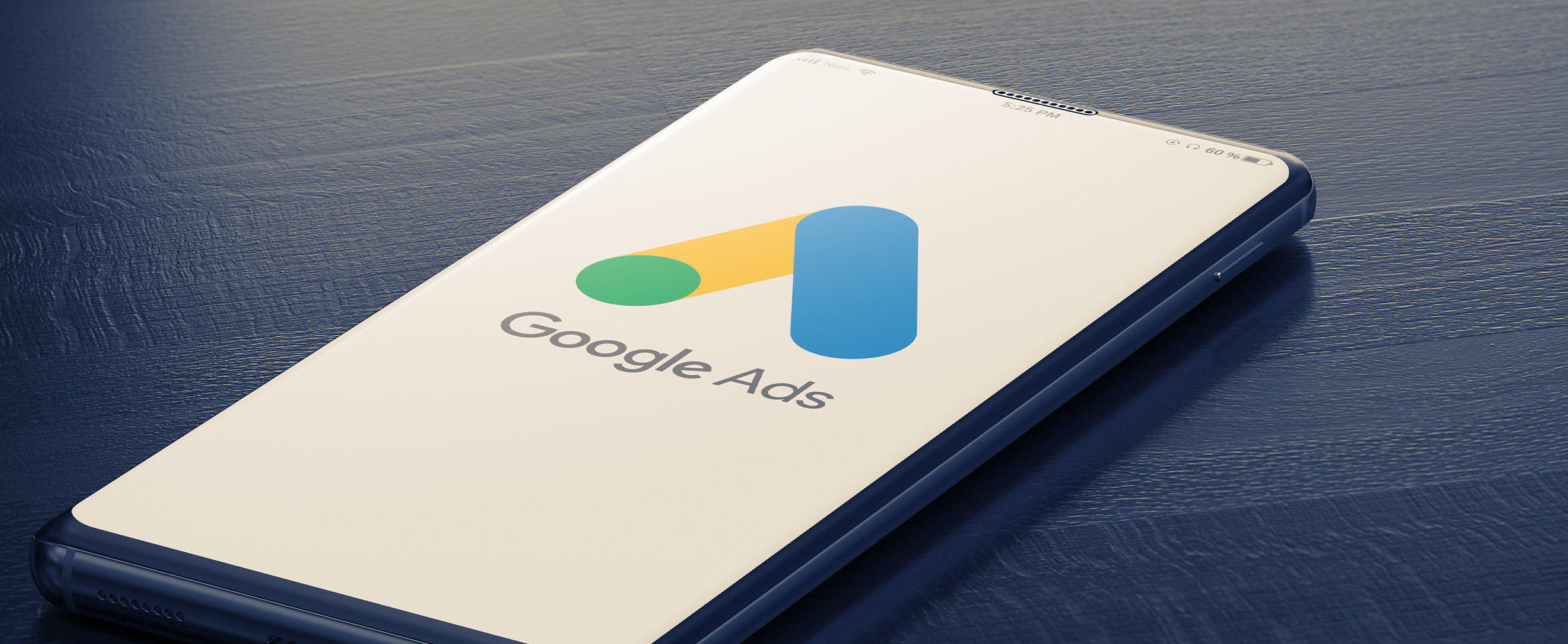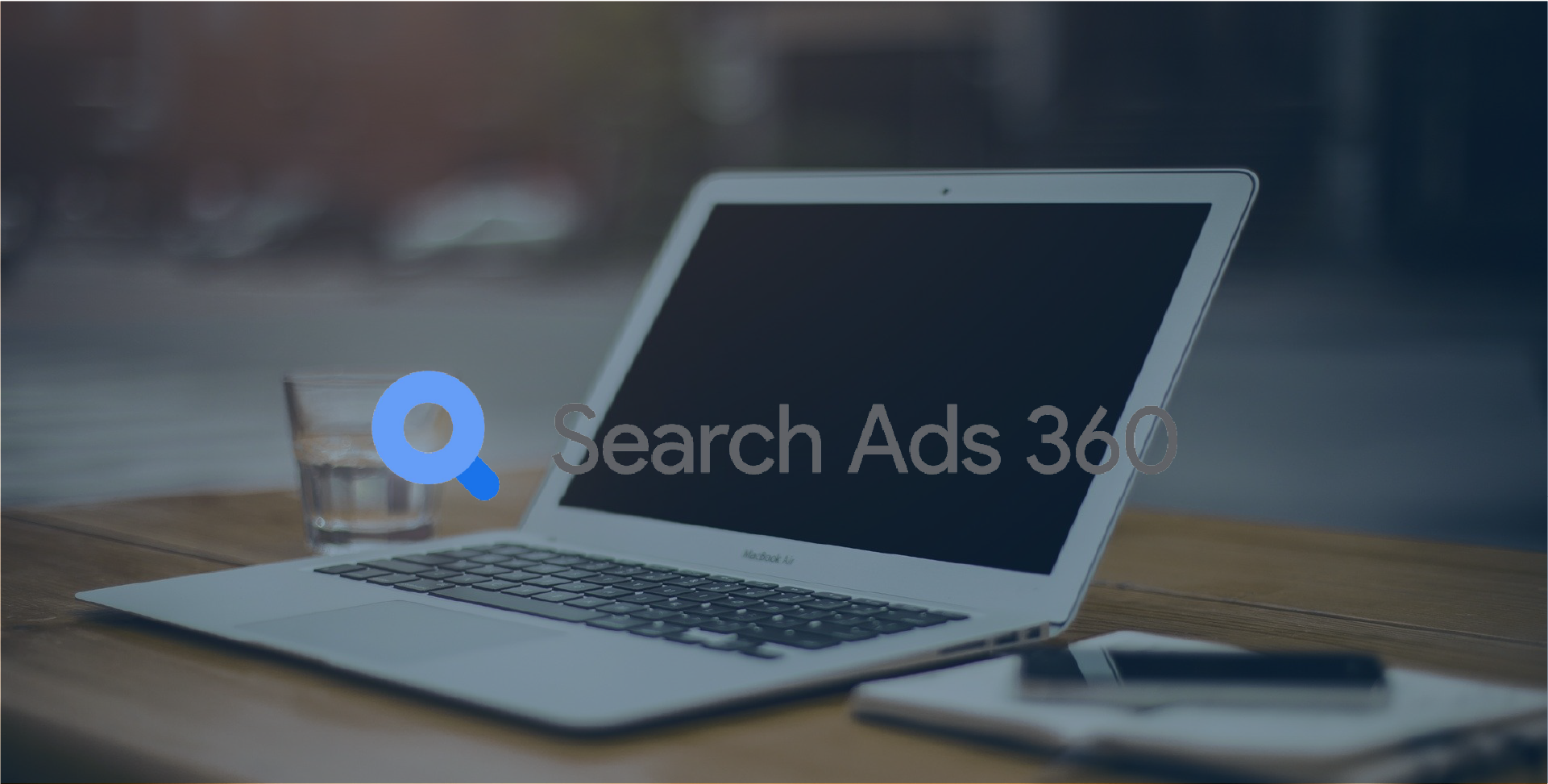SEA is one of the most profitable paid levers on digital for brands. It makes it possible to capture the purchasing intentions or the online searches of millions of people every day.
In France and many other countries, SEA is far and away the lever that advertisers make the biggest investment in, sometimes even more than TV advertising.
In this article, we're going to explain how to get off to a good start with the launch of your SEA campaigns.
1. Set clear marketing objectives
The most important thing is to start by setting the objectives that you want to maximise via SEA campaigns. To do that, you need to ask yourself the right questions.
If you have concerns about online sales
- What are my profitability objectives? What is my average basket?
- What price am I willing to pay to attract a new customer or generate a new sale? etc.
- Do I want to maximise turnover or sales?
If you have lead-generation challenges
- Which actions on the site could help me generate a lead? It could be a form, a phone contact or a newsletter, for example.
- What value do these actions have? A form may not have the same conversion rate as a phone call.
Once your objective is fully defined, you can select the Google Ads objective that best meets your needs!
2. Targeting an audience in SEA campaigns
More than ever, the definition of your target market (or audience in the language of Google Ads) is key to getting the right performances and refining the targeting of your SEA campaigns. You can ask yourself these questions to give yourself a helping hand:
- Who is your typical visitor? You can use the data from your Google Analytics account to get a better understanding. This will enable you to learn their profession, their hobbies and even their gender or location.
- What is the behaviour of this visitor to your site? When you succeed in determining that behaviour, you'll be able to put together better ads that meet the needs identified perfectly.
Once you've defined your target market, you can use Google Native Ads . Here's a summary of what's on offer:
- The affinity audience: enables you to reach people based on their lifestyles, passions and habits
- Detailed demographics: enables you to reach people based on long-term life facts, such as age, for example
- In-market reach: to reach users based on their recent buying intentions
- Remarketing: to retarget users who have interacted with your business (mainly your website or ads)
- Similar audiences: enables you to reach new users with similar interests to your customers
3. Targeting the right keywords
To hone your targeting and thus choose the right keywords, you also need to understand the user's intentions when they type a term in the search box.
Keywords link the terms searched for by users, with your ad. Because all internet users are different, the way they search is different too. Targeting is therefore crucial in SEA campaigns.
That's why you should buy fairly broad keywords but also more precise ones as well.
It is therefore essential to have a good understanding of the subtleties of the different types of matches:
- Broad search: enables matches with searches that contain spelling mistakes, for example, but also with relevant variants
- Keywords to be excluded: means your ad will not show if a particular keyword is searched for
- Broad search modifier: enables ads to be shown when a search contains words preceded by a “+” sign
- Exact expression: ads are shown containing the exact expression with additional words before or after it
- Exact keyword: an exact match with the chosen keyword or a close variant with an identical meaning
Here's some additional advice to get you off to a good start:
- Take inspiration from the keywords that feature on your site to ensure that your search engine advertising is consistent with the products or services you're offering
- You can use Google's Keyword Planner to spot new and useful expressions
- Don't hesitate to position yourself on long-tail keywords (less frequently used and so with less competition)
- Draw up a list of keywords to be excluded to avoid expenditure on searches that are irrelevant to your business
4. Setting your budgets for SEA campaigns
The best idea is to set a variable budget, so you don't miss any opportunities: as long as you're reaching your performance objective, it's OK to spend.
Herein lies the biggest challenge which is to clearly define the right objectives on Google Ads to maximise your growth.
If, like many brands, you have a fixed budget each month, you need to ensure that the correct daily budgets are set and vary them in line with the changes in performance of your campaigns.
5. Creating the SEA campaign
Configuring your campaigns
With regard to the configuration of your SEA campaigns, you need to start by selecting your targeting options. You will be presented with several options, such as geographical targeting.
You then need to set a daily budget, i.e. the average amount that you want to spend each day. Google Ads will then ask you which KPIs you want to focus on. These should be defined in line with your objectives
The ads and ad extensions then need to be created. Ad extensions are key, e.g. to provide additional information about your business (geographical location of your stores, phone no., etc.).
Configuring ad groups
Ad groups are semantic themes that you want to target. If you sell spare parts for cars, you should create groups for each category of parts, using the right keywords, the right ads and the right redirection links.
You will have two options to choose from:
- Standard ads: you create your own ads according to your keywords
- Dynamic ads: these are created automatically according to the keywords that feature in your website.
Bonus: Optimising your SEA campaigns
Optimising your landing page
The quality of your landing page is key to the success of your SEA campaigns. The Google algorithm considers the relevance of this page to users to a great extent. You need to ensure that the content is optimised for your ads and that your pages don't take too long to load.
Creating the perfect ad
Ads include a description aimed at internet users. That description must therefore be optimised to attract their attention, but also to provide some information. A well written ad will encourage the user to click if they are interested in your offer.
Don't forget about geolocation
To optimise your SEA campaigns, you can make your offer stand out by using geolocation in your ads. If you have physical points of sale, it's beneficial to modulate bids in line with the whereabouts of potential customers. Someone near to a particular point of sale will then have an ad displayed to them as result.
You now know all the basics of SEA campaigns. However, there are other, more technical aspects that will help you optimise these campaigns.






